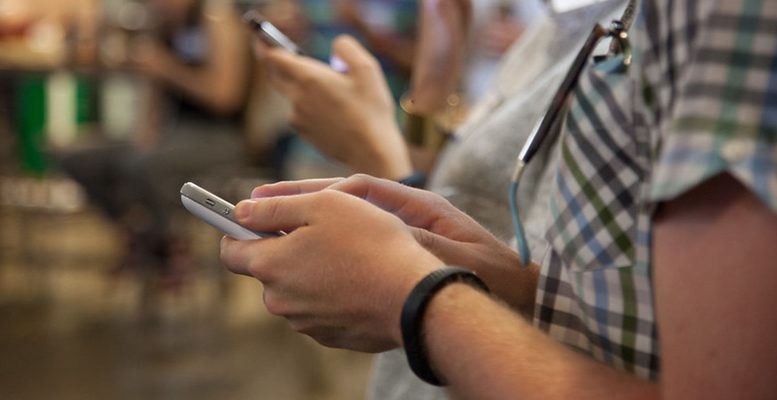Sunday from 8 p.m. to 9 p.m. is the time chosen by Spanish people to do their shopping. Sixty-six percent of consumers admit to buying products online at least once a month. Twenty-five percent of women shop online every week, while the percentage of men drops to 21%. Clothing (44%), footwear (40%) and electronics (39%) are the most frequently purchased products via e-commerce,
These are the findings of the latest survey conducted by the price comparison website idealo.es, carried out among more than 2,000 participants in our country, which reveals that 75% of Spanish people admit to making their purchases via their mobile phones, making Spain the leading European country in this area, ahead of Italy (72%), the United Kingdom (62%) and Austria (56%). In addition, the majority of respondents use an Android terminal to purchase products.
In addition, this analysis also shows that Sunday between 8pm and 9pm is the time chosen by the Spanish to shop online. At European level, Sunday remains the preferred day for online shopping, except for Austrians and Germans, who prefer Tuesday and Monday respectively. In addition, the British, French and Italians all opt for 8pm for online shopping, while the Austrians prefer 6pm and the Germans 7pm.
According to idealo’s analysis, 66% of consumers make at least one online purchase per month, while 23% buy products online every week. Furthermore, one in four women frequently shop online, compared to 21% of men.
Social networks as a bridge to online shopping
According to this idealo.es study, Youtube is the social network most used by Spaniards, followed by Instagram, now ahead of Facebook, which is losing users. However, the fastest growing social network is TikTok, with an increase in users of 20% compared to 2021 and 67% compared to 2020. Twitch, the streaming platform that appeals to younger audiences, has recently joined this list. Forty-four percent of respondents say they know of or have at some time used Twitch, but it is especially popular among Generation Z, those born between 1997 and 2012, with 74% of users.





